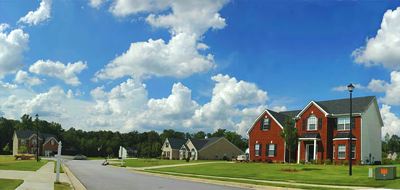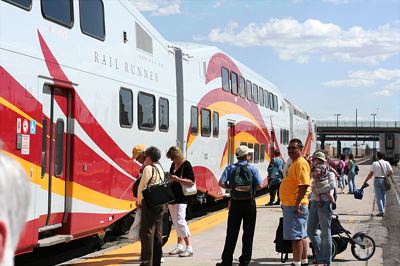Boulder, Colorado residents often describe their city as “twelve square miles surrounded by reality.” A couple of recent stories illustrate just what they mean.
Suppose you have a house with a nice view. However, someone owns the lot in front of you, and if they ever build on it, they could block your view.
You could buy it from them. But Richard McLean, former slow-growth mayor of Boulder, Colorado, had a better idea. He simply trespassed — or claimed that he trespassed — on a part of his neighbor’s land for twenty years. Under the common law of adverse possession — also known as squatter’s rights — McLean could claim the land as his own. Under Boulder’s zoning codes, the lot that remains in his neighbor’s hands is too small to build on.









